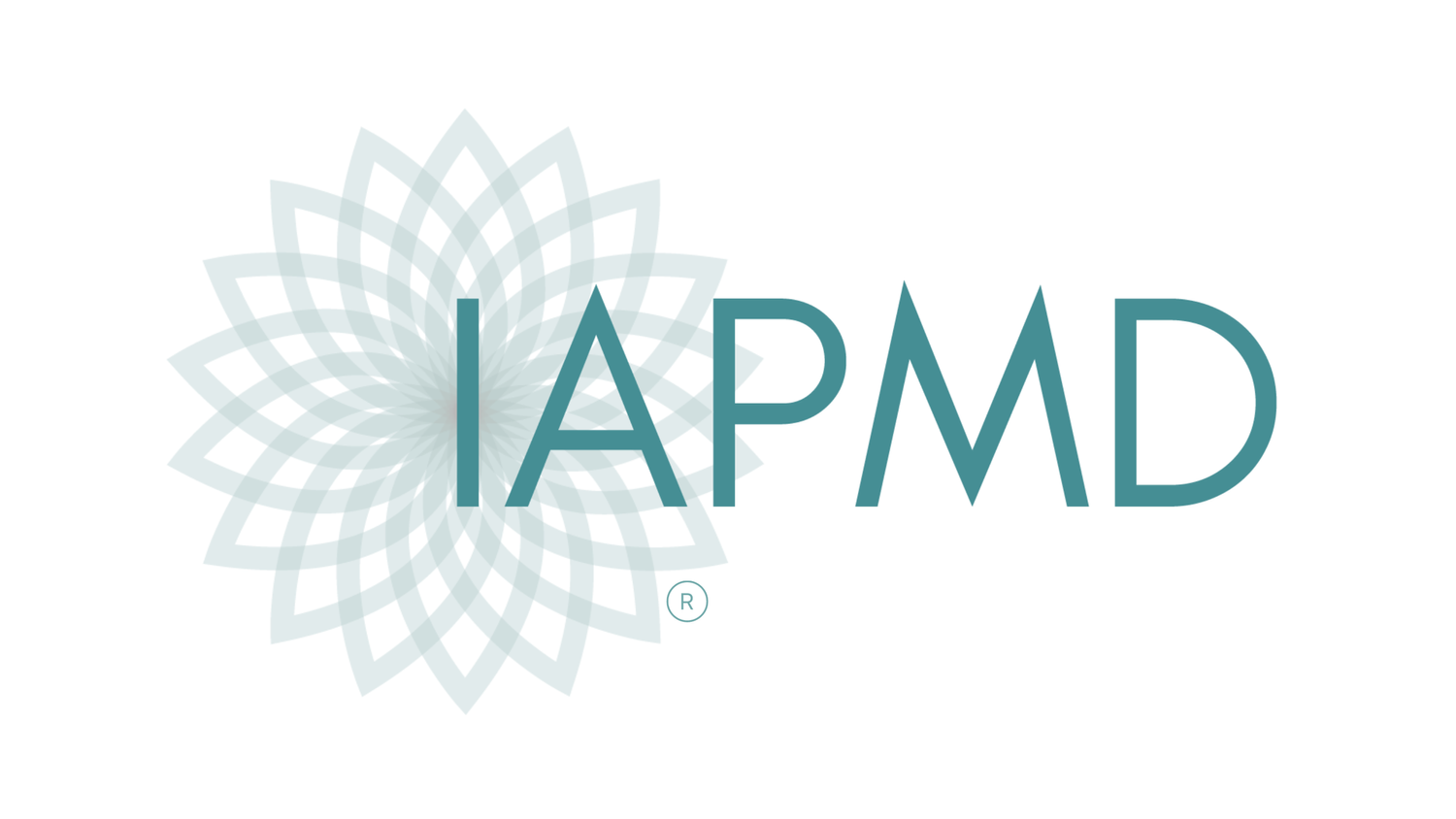Claiming Disability Pride
Did you know that July is Disability Pride Month! Honestly, it wasn’t until a few years into my diagnosis with PMDD that I first heard of it myself.
When I was first diagnosed, I didn’t consider myself disabled. Sure, I spent weeks at a time in bed, wracked with pain, and had to take months and months off from work. And yes there were many times over the last six or so years that I’ve been too unwell to dress myself, shower, or even walk…
I was once a person that believed disabilities were -for the majority at least- visible. I believed you had to have a wheelchair or an aid, a prosthetic or an obvious disfigurement to be considered disabled.
I believed if you were depressed you had to look depressed (whatever that looks like). Despite suffering from mental ill health since childhood, I still had this idea that mental illness meant being obviously and outwardly ‘crazy.’ (I use this term to poke fun at my own misconceptions and it is not intended to cause offense.)
I’m writing this today, to say, I was wrong. Not only was this way of thinking disrespectful to those with disabilities, but it was also wholly inaccurate and disrespectful to myself!
Finally, my own disability pride has arrived, after battling years of internalized ableism.
I’ve spent a lifetime playing down my own experiences, symptoms, and health issues because I thought there was no way I was possibly suffering as much as someone else. But there’s a big issue with the notion that other people have it worse, so therefore we must ‘suck it up.’ It’s harmful! It’s harmful because it invalidates a person’s suffering, sometimes even our own. Someone will always have it worse, yes. We know this without doubt, but to apply that to a person’s suffering leaves us open to discrimination, feelings of shame and guilt, while also furthering the stigma against mental health issues.
My battle with internalized ableism is an ongoing one. Despite feeling more comfortable, open, and able to discuss my health and its effects on my life, I still feel some guilt around doing so. I feel as if I am seen to be attention seeking if I tell the truth about how my illnesses affect me. This is something I battle with when I speak out and raise awareness. There’s a real crossover between being positive and not focusing on all the things you can’t do, and downplaying symptoms to appear more positive to the outside world.
…
Disability pride can mean different things to different people in the disabled community. Some people may see it as a reminder to celebrate their individual success and accomplishments, whereas others may celebrate the feeling of pride about being disabled.
To me, disability pride means celebrating all disabled persons regardless of the severity or visibility of their disability.
In 2020 around 20% of the UK working population reported disabilities. This number, though higher than in previous years, is still disproportionately low, considering more than 1 in 5 of us are affected by disabilities in the UK. It is, unfortunately, more likely that disabled people don’t feel able or comfortable disclosing their disability to their employers. And thus many disabilities remain ‘invisible.’
The purpose of disability pride is to highlight that a disability can have a significant impact on a person’s life, whatever the cause and regardless of its visibility. Disability pride is a great way to celebrate disabled people for whom we are, as well as raise awareness and shine a spotlight on discrimination such as the disability pay gap and lack of worldwide accessibility in the workplace.
It also encourages more of us to open up and be proud of our disabilities. Perhaps you’re like me and find it hard to pride yourself on things that have felt traumatic, debilitating, and painful. Or perhaps you are proud of how far you’ve come, in spite of, or alongside your disabilities. Perhaps, you’re just proud you’ve managed to stay alive. And that’s ok too.
…
There are many ways you can get involved in Disability Pride Month. Sharing on social media, writing your story, and talking to your employer about supporting disability pride, are all great places to start.
This is the Disability Pride Flag.
The charcoal background represents those in the community who have been subjected to ableist violence, as well as representing protest in the community.
The “band/road” shape represents how disabled people face barriers and have to navigate their life according to them.
The colors represent the various experiences and needs (mental illness, developmental disability, invisible disabilities, physical disabilities and sensory disabilities) in the disabled community, as well as the creativity used to navigate life, and how the community is breaking free from stigmatization.
MEET STEPH
Steph is a mum of two, writer and advocate for chronic illness and women’s health, from Bristol UK.
You can read more of Steph’s work on her website divamumsteph.com or follow her on Instagram @divamumsteph



